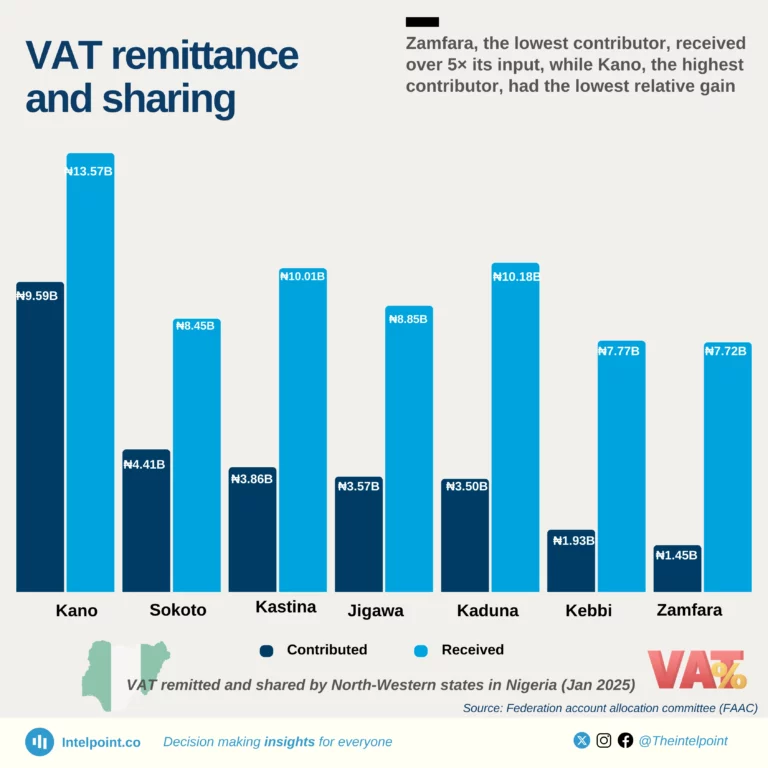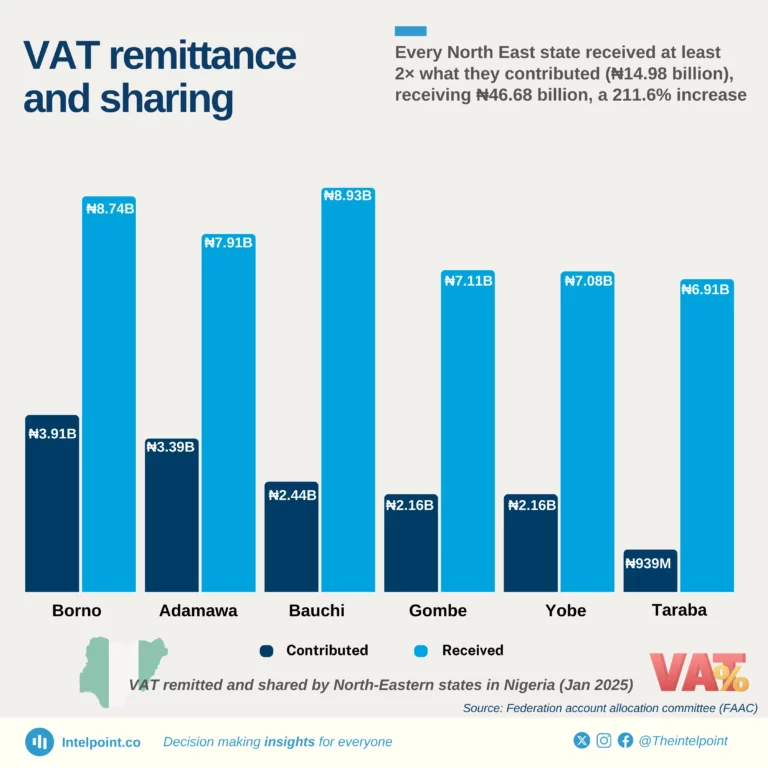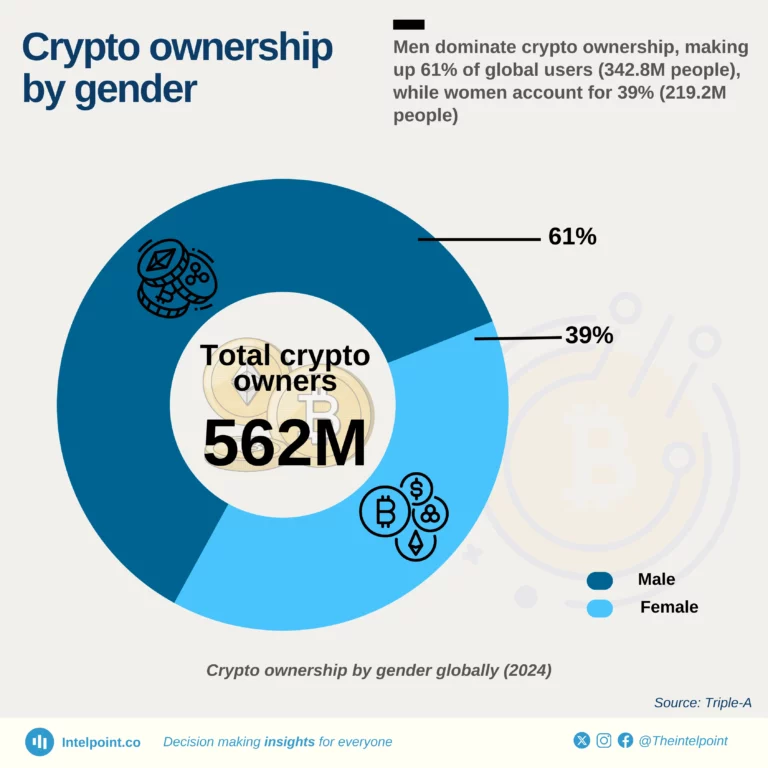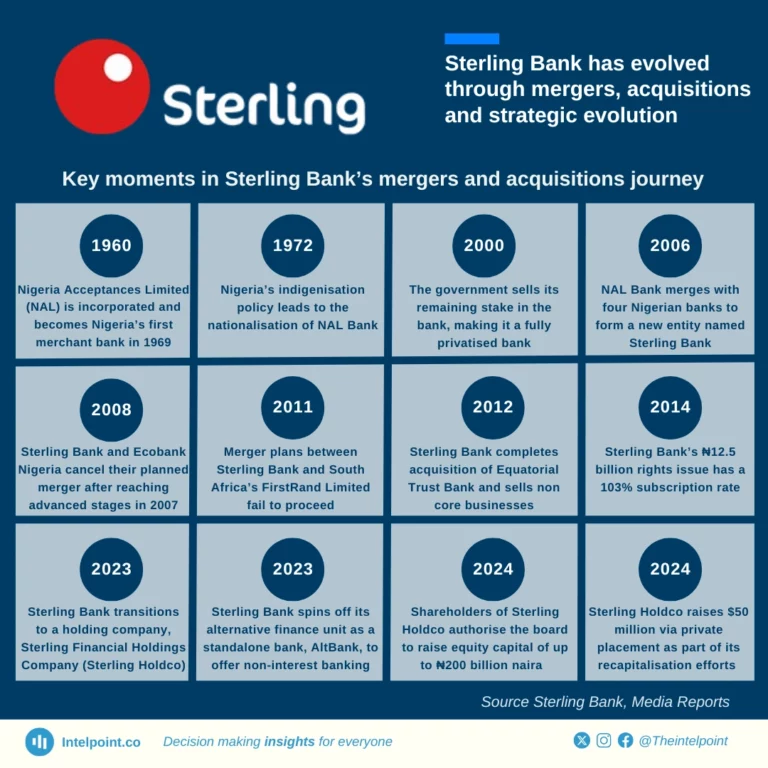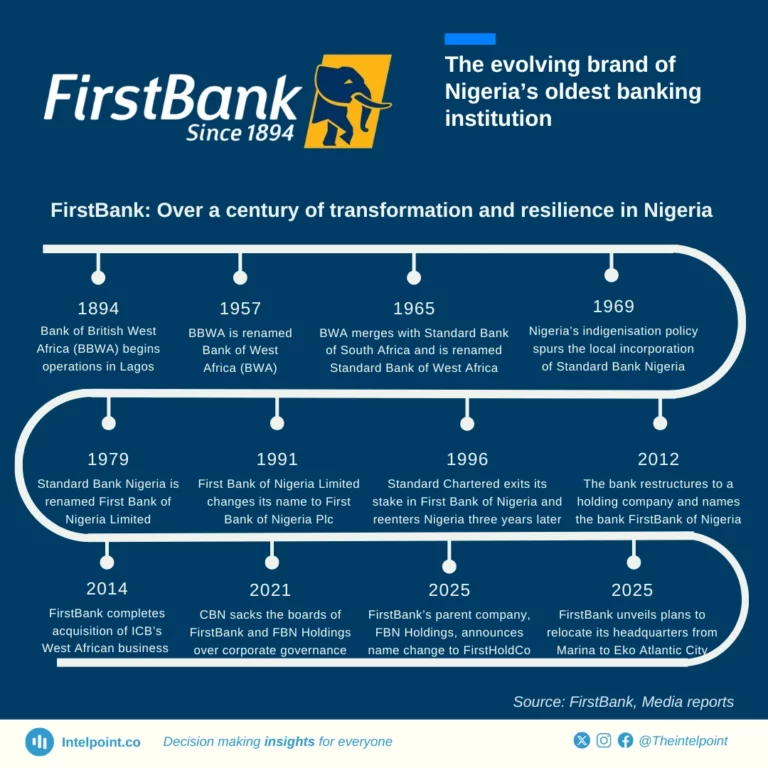
Since 2015, electricity revenue in Nigeria has been on the rise, with 8.7% in 2015 the lowest increase and 45% in 2021, the highest.
Of the ₦7.98 trillion generated in the last 8 years, 53% (₦4.2 trillion) was generated in the last 3 years (2020, 2021, and 2022) combined.Per several news sources, there was an increase in electricity tariff in 6 of Nigeria's 11 Distribution Companies in January 2022, resulting in an 8.8% increase in revenue despite a 6.6% decrease in electricity billed in the year.

In the last 5 years, the Nigerian Railway Corporation made ₦18.9b in revenue, 61% of which was generated in 2021 and 2022 combined. The highest revenue increase (197%) was recorded in 2021 before an 8% drop in 2022. Here are Nigerian Railway Corporation's revenues since 2018.

Between 2012 and 2021, more than 94,300 suspects were arrested for drug-related offences in Nigeria, 92.9% male and 7.1% female. 2021 recorded 12,306 arrests, the highest in the 10 year period. North West Nigeria leads in drug-related arrests compared to other regions between 2012 and 2021

Per data from Stockholm International Peace Research Institute, countries in the Americas were the biggest military spenders in 2022, with a combined $961.1 billion in military expenditure — 43% of the global military spending — followed by Asia & Oceania with $574.9 billion. In Africa, Algeria has maintained its top position for years, spending as much as $10.4 billion in 2015. Nigeria's military spending saw a 56% growth in 2021 as it reached $4.5 billion. However, it dropped 44% in 2022, making the country Africa's fourth highest spender.
